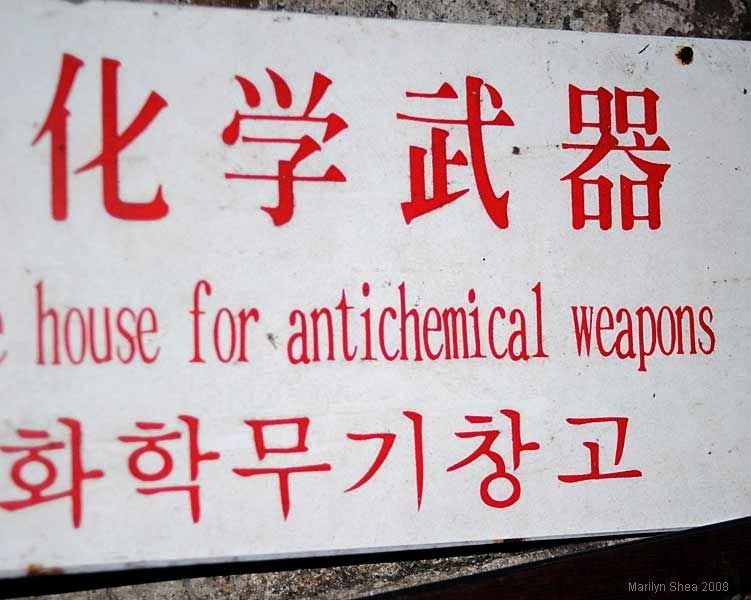 |
| During the Anti-Japanese War (World War II), the Japanese used chemical and bacteriological weapons on both Chinese forces and civilian populations. In 1938, during the battle for Wuhan, the temporary capital of the Guomindang, chemical weapons were used over 300 times - mostly in the form of poison gases.
Both chemical and bacteriological weapons were used on Changde in Hunan. Plague infested fleas were dropped by bomb killing 500 people immediately and an estimated 10,000 to the present day. The plague has had repeated breakouts in the area (Li, 2006). The Japanese resorted to such tactics because the resistance they met from the Chinese population was overwhelming. They took the city, but 9,000 troops of the Guomindang National Army were sent and the Chinese forces retook it. As the Japanese retreated, they burnt everything they could and slaughtered civilians. Over 300,000 civilians and soldiers were killed in the battle. Thus, there were a great many treatment centers built into the Underground City to treat people for the effects of chemical and bacteriological weapons. Harris, Sheldon H. Factories of Death. New York: Routledge, 2002. Japanese War Crimes: The Search for Justice. (Ed. Peter Li). Edison, NJ: Transaction Publishers, 2006. |
http://hua.umf.maine.edu/China/beijing2.html
Last
update: August 2009
© Marilyn Shea, 2009